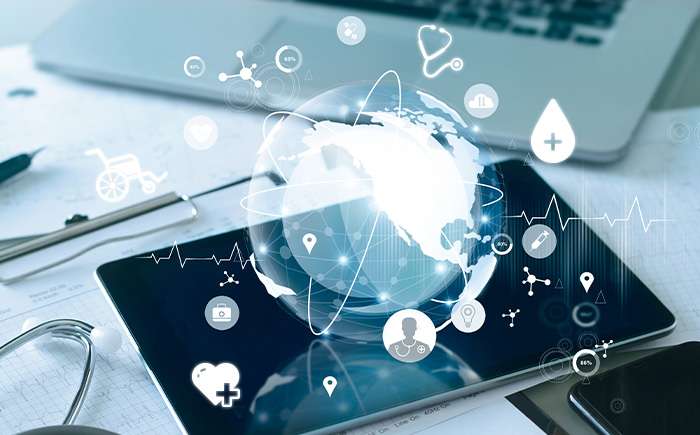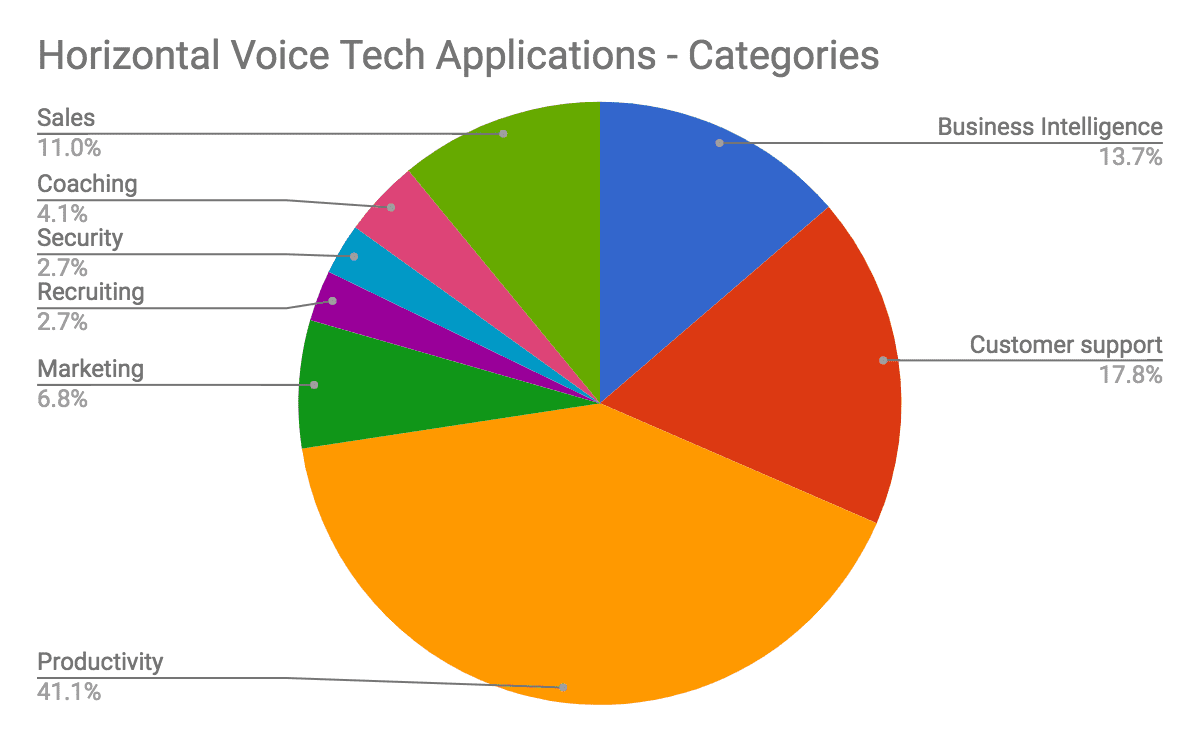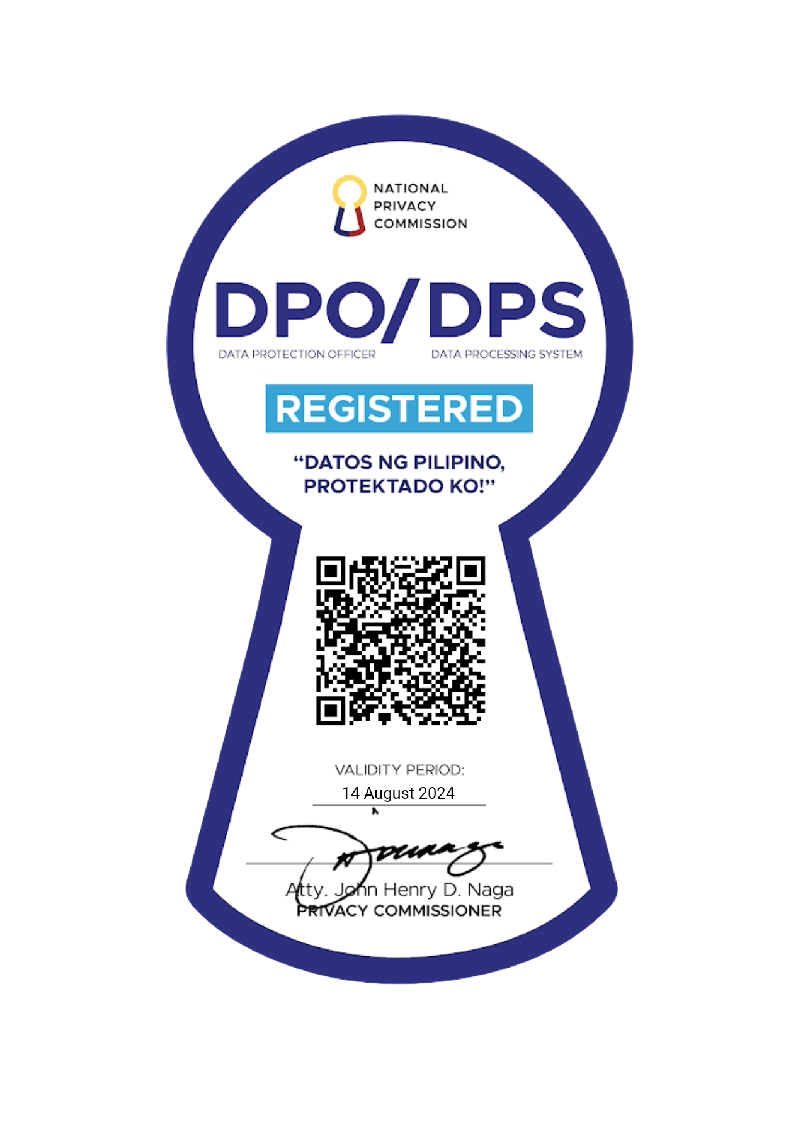-
About Us
Probe CX is a tech-powered, global customer experience organisation that amplifies human capabilities with technological excellence.
-
Vision and Culture
We help our clients become modern digital organisations by combining the latest technology with people, process and data.
-
Executive Team
Meet the team with unmatched experience committed to helping organisations create environments for digitally-enabled CX to thrive.
-
Compliance
Industry-recognised certifications to protect what matters most to our clients and their customers.
-
Locations
Over 19,000 team members delivering exceptional customer experiences across five countries.
-
Reasons to choose Probe CX
The top nine reasons to get more closely acquainted with Probe CX.
TECHNOLOGY & TRANSFORMATION SERVICES
 Creating exceptional customer experiences by 'doing it better'
Creating exceptional customer experiences by 'doing it better'
Optimise your customer experience by designing, deploying and managing digital solutions customised to your unique needs.
Continue reading- Blog
- Speech recognition technology in healthcare
Speech recognition technology in healthcare

That is also the case across countless industries, with voice recognition technology having proven itself as a cost-effective means of improving productivity, enhancing customer service and boosting profits. In North America alone, the speech recognition software market that was estimated at $177 million in 2015 is tipped to boom to revenues of $1.5 billion by 2024. From finance and eCommerce to education and transport, an increasing number of companies are jumping aboard the speech recognition bandwagon for fear of being forced to watch their rivals race off into the distance.
The healthcare industry is no different and, in many ways, is leading the way with its use of voice recognition tools. That was highlighted by a study of B2B voice technology start-ups that found almost half of the companies that were focused on a single sector were targeting healthcare.

Source: "Voice Tech Landscape: 150+ Infrastructure, Horizontal and Vertical Startups Mapped and Analysed”
The software has been a blessing for busy clinicians who need to document important patient data but that is far from the sole purpose of medical voice recognition software. The benefits go far beyond simplifying medical records but before exploring them in detail, let’s take a closer look at the technology itself and the different types of speech recognition.
What is speech recognition in healthcare?
Speech recognition is the capability of an electronic device to understand spoken words. The process begins with a microphone recording a person’s voice, with hardware then converting the signal from analogue sound waves to digital audio. The audio data is then processed by software, which interprets the sound as individual words. When it comes to healthcare, the technology is helping deliver more effective results in both clinical settings (eg: studies have shown it can contribute to identifying Parkinson’s disease at an early stage) and administration (eg: enabling hands-free access to the compilation and accessing of health-related data).

Understanding speech recognition technology
Speech recognition software is complex but the technology can generally be broken into two categories. While sharing similarities, they feature key differences and developers may end up incorporating both types in a final product design.
-
Front-end speech recognition: users speak into a screen that records and converts spoken words to readable text in real-time. The traditional way of transcribing and compilation of medical notes is a laborious and time-consuming aspect, which is why front-end speech recognition is a welcome tool for healthcare organisations. The technology significantly reduces the need for transcriptionists to spend hours dictating notes and speeds up the process of creating and completing paperwork.
That said, the misspelling and absence of words can cause headaches and often require human intervention. However, the software is increasingly able to learn from mistakes and speech patterns overtime to avoid repeating common errors. Clinicians and administrators are currently seeing the best use of such technology for creating short reports or personal notes as they are easy to correct and benefit most from rapid pace.
- Back-end speech recognition: records spoken words in a digital format and then translates the recording into text, with both audio files and transcriptions sent to human workers for editing. This final component means back-end speech recognition takes more time than front-end solutions but the payoff is fewer misspelt or missing words and the reassurance that a human has been involved in the editing process. For these reasons, back-end speech recognition is considered the best tool for drafting more important healthcare documents and medical records.

Uses of speech recognition in healthcare
Software development companies are increasingly supplying hospital and healthcare providers with speech recognition technologies that cover a broad range of clinical and administrative needs. From complex programs to one-stop-shop apps, voice-based technology is enhancing the experiences of patients, clinicians and support staff.
- Voice-first technology for patients: voice-activated software is playing a key role in improving the diagnosis and care of many patient groups. One example is those with dementia or cognitive impairment, who are able to benefit from ground-breaking apps that use speech recognition technology to allow them to access wellbeing reports, use secure messaging and integrate with established tools such as Alexa.
- Note-taking for clinicians: voice recognition software in healthcare has proven revolutionary for overworked and time-poor medics. Doctors are using speech recognition technology as a virtual scribe, thus enabling them to enter notes in their organisation’s records without even needing to pick up a pen. As the saying goes, time is money and medical dictation software allows doctors to secure accurate recordings of their exact words while optimising their time.
- Solutions for hearing impaired: with older people more prone to requiring medical assistance, a flow-on is a disproportionate number of patients with hearing problems. The growth of speech recognition technology means such patients are benefiting from ground-breaking tools such as apps that provide subtitles for live conversations, thus meaning they are not at risk of missing key details in appointments. Being able to communicate effectively with medical professionals greatly increases one’s chance of quality care.
- Patient engagement: while the corporate sector is investing heavily in enhancing customer experience, the same can be said of healthcare providers when it comes to ‘patient engagement’. The rise of voice-activated assistants is crucial in this area, with the need for patients’ calls to be redirected or put on hold increasingly a thing of the past. Voice-based technology is instead allowing busy patients to more quickly and seamlessly request appointments, confirm medications or update details.

Benefits of speech recognition technology in healthcare
- Increased productivity: the less time healthcare providers need to spend typing notes, reports and other medical records, the more time they can dedicate to what truly matters – seeing patients.
- Improved patient care: while paperwork and documentation are crucial in a health setting, the true marker for quality care is the amount of time a clinician can focus on a patient. Digital note-taking allows this and leads to improved levels of care and ultimately healthier patients and results.
- More accurate records: history tells us the risk of indecipherable or misplaced notes is high in busy hospitals and health systems. Speech recognition software helps ensure medical records are complete and accurate, thus reducing the chances of missed diagnosis or poor treatment plans.
- Greater flexibility: voice recognition technology can be accessed on almost any device or interface, with the cloud allowing doctors and their colleagues to easily share patient information and notes. That combination creates a flexibility that traditional systems can only dream of.

Summary
There is no longer an excuse for healthcare providers not to be developing and deploying speech recognition tools as part of their technology strategies. With a multitude of products on the market, there are options to suit any environment and allow clinicians to deliver better care for their patients than ever before. Whether off-the-shelf or customised, technology is available to reduce costs, increase productivity and future-proof your organisation.
Chatbots are another technology changing the business landscape. Before rushing to roll them out though, it’s important to remember that laying a solid foundation will increase their chances of success. Learn the key steps for creating a quality workflow and why doing so is essential in one’s quest for tech gold.
Related Articles
Technology
RPA in finance and accounting - a digital transformation
The finance and accounting sector is burdened by repetitive and time-consuming tasks, which is why robotic process automation is ideal...
Artificial Intelligence
What are PDD and SDD In RPA?
Do you know what PDDs and SDDs are in RPA? Here’s the difference between the two, as well as how they develop an automated process.
Intelligent Automation
The future of AI driven conversations
How will conversational AI will reshape service delivery from every angle?
© Copyright 2024 Probe CX | All Rights Reserved
Privacy Policy | Financial Hardship Policy | Whistleblower Policy | Complaints Procedure | Supplier Code of Conduct | Make a Payment | Client Login






